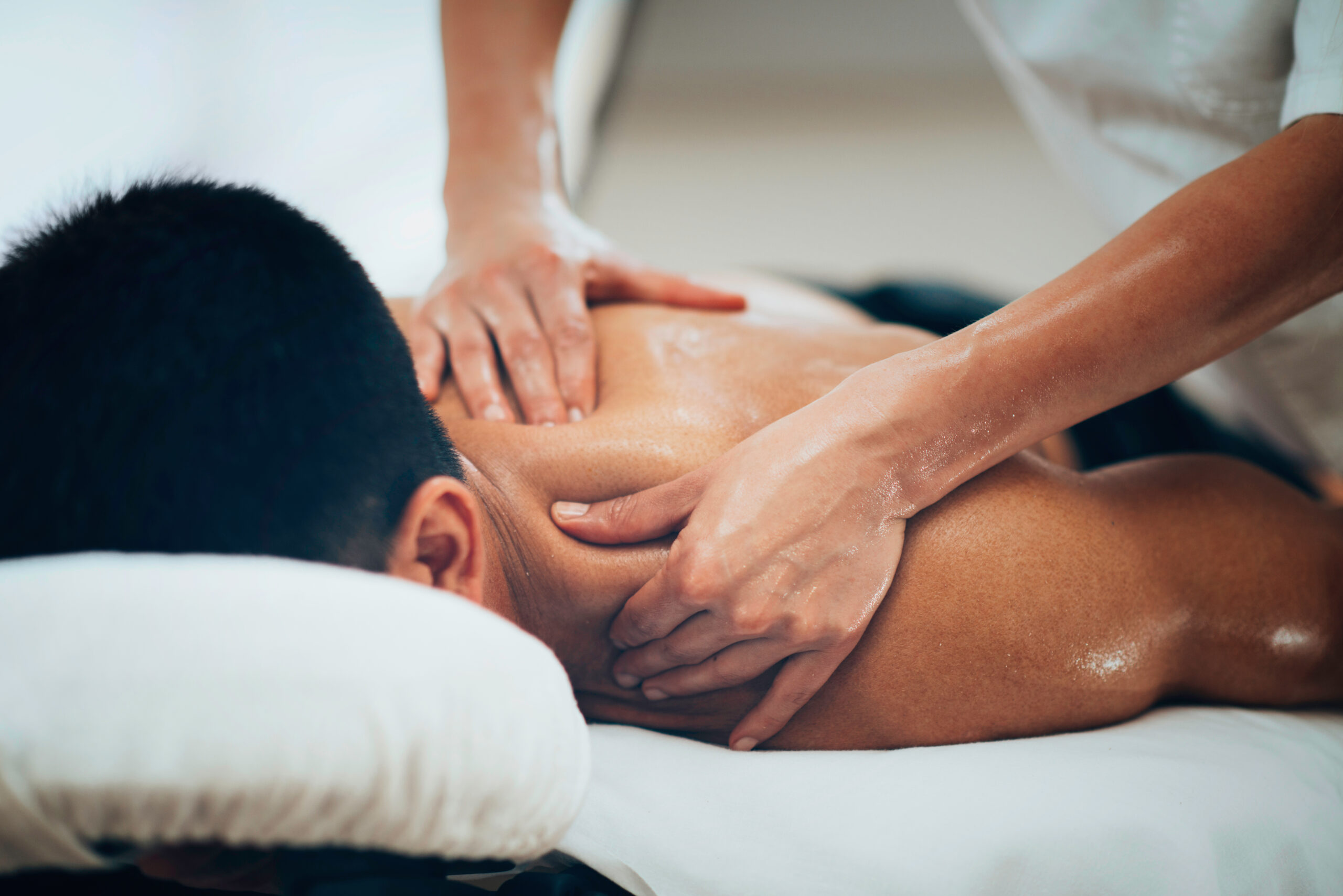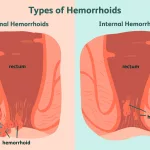There aren’t universal rules for how many massages you should receive, but a licensed massage therapist or your physician can often suggest a schedule and session length tailored to your situation.
Receiving a massage can be a form of self-care, a way to unwind, or a strategy to address medical concerns. You can book sessions with a professional for many different massage styles, practice self-massage, or have a partner perform techniques at home.
Massages aimed at treating injuries are usually scheduled more frequently, while sessions intended for pampering or relaxation can be less regular.

What’s ideal?
How often and how long you should get a massage depends on the kind of massage you want and the area you’re focusing on. Numerous studies recommend specific frequencies and durations to address issues such as pain or injury.
Consult a massage therapist to learn how often visits should occur to meet your goals.
If routine professional massages are too costly, consider spacing sessions further apart. You can also learn simple techniques to perform at home from a doctor, massage therapist, or other healthcare professional to maintain benefits more frequently.
Types of massage
There are multiple massage styles, each suited to different purposes.
Lymphatic drainage massage
This form of massage is used to treat lymphedema—a condition in which lymph fluid accumulates in the body due to inadequate drainage.
Lymphatic drainage should be done by a trained practitioner. They may also teach you some methods to use on your own. How often you need this massage depends on your health status and the intended result.
Deep tissue massage
Deep tissue massage involves slow, firm strokes to reach deeper muscle layers and connective tissue. It’s designed to address muscle damage resulting from injuries.
Your therapist can advise on the optimal schedule and session length to address the health issue motivating this therapy.
Overall, deep tissue massages are generally safe, though there is a slight risk of harm in people who are more injury-prone, such as older adults.
For readers wanting more detail on that approach, this resource on deep tissue massage may be helpful.
Scalp massage
A scalp massage can be highly relaxing and, in some cases—such as androgenetic alopecia—may aid hair regrowth.
A survey-based study discovered that self-reported hair regrowth correlated with increased duration and frequency of scalp massage. However, the research relied on retrospective questionnaires, so higher-quality trials are needed to determine the best regimen for hair growth.
For relaxation and wellbeing, there’s no clinical consensus on frequency or duration for scalp massage; individuals can decide what suits them.
Full-body massage
A full-body massage, commonly referred to as a Swedish massage, may help reduce stress and alleviate muscle and joint discomfort.
How often to have a full-body massage depends on personal needs. Some people find occasional sessions relieve muscular soreness, while others prefer weekly or even more frequent appointments to manage stress.
In general, the risk of injury from full-body massages is low. More intense approaches, like deep tissue techniques, carry a slightly higher risk—particularly for people more susceptible to injury, including the elderly.
Massage chair
A massage chair might ease sore muscles or help you relax.
A 2017 pilot study found healthy adults experienced benefits from sitting in a massage chair for 20 minutes at a time.
For conditions
Massage may relieve certain painful symptoms, reduce stress and anxiety, and be beneficial during pregnancy.
It’s important to realize that many studies supporting massage for various conditions are limited in quality or based mainly on anecdotal reports. Therefore, consult your physician about possible benefits and develop a treatment plan accordingly.
Back pain
Regular massage can sometimes ease back pain. One study showed that daily deep tissue massage for 30 minutes over 10 days reduced pain in patients. However, a review of 25 trials found “very little confidence that massage is an effective treatment for LBP (lower back pain).”
The United Kingdom’s National Health Service (NHS) continues to list massage as a potential option for back pain, and many people may still derive benefit from it.
Learn more about lower back pain massage.
Neck pain
A 2020 study suggested massage may provide short-term relief for neck pain, implying that more frequent sessions could be more effective for ongoing management.
One review indicated that a 60-minute massage two to three times weekly offered greater benefit for those with neck pain than either a single weekly 60-minute session or several shorter 30-minute sessions per week.
Anxiety and stress
Massage therapy is frequently recommended to help with anxiety and stress. According to the American Massage Therapy Association, 51% of people who got massages in 2023 cited relaxation and stress relief as their reason.
A review found that massage therapy may reduce symptoms of anxiety, stress, and depression in the short term. Still, as with much complementary therapy research, more rigorous studies are needed to fully evaluate its effectiveness.
Cautions
Massage may not be safe for everyone. Exercise caution if you have:
- broken or fractured bones
- a bleeding disorder
- open wounds or burns
- osteoporosis
- pregnancy
- other serious medical issues
There are potential risks with massage. If you have a blood clot or a history of clots, consult your doctor before receiving a massage, since a clot could dislodge during a session and travel through blood vessels to the heart or lungs, potentially causing serious events.
Stop a massage and avoid further sessions if you experience pain during treatment.
Pregnancy
If you’re pregnant, your healthcare provider or a massage therapist may advise against massage during the first trimester or if you have high blood pressure, a high-risk pregnancy, or recent surgery.
Seek a practitioner experienced in prenatal massage to ensure the session is safe and appropriate for pregnancy.
When to see a doctor
Most massages are generally safe. Talk with your physician before getting one if you have a serious medical condition. You might ask your doctor for therapist referrals so you can find someone suited to your needs.
Massage should not replace medical treatments needed for an underlying condition. Don’t ignore pain, worsening symptoms, or alarming signs such as chest pain, shortness of breath, or loss of consciousness.
The bottom line
People pursue regular, semi-regular, or occasional massages for many reasons and report varied results. The best type and frequency of massage depends on an individual’s health, preferences, and goals. What helps one person may not help another.
Decide the kind of massage you want and discuss your needs with a massage therapist or physician to design an appropriate treatment plan.


















Leave a Reply
You must be logged in to post a comment.